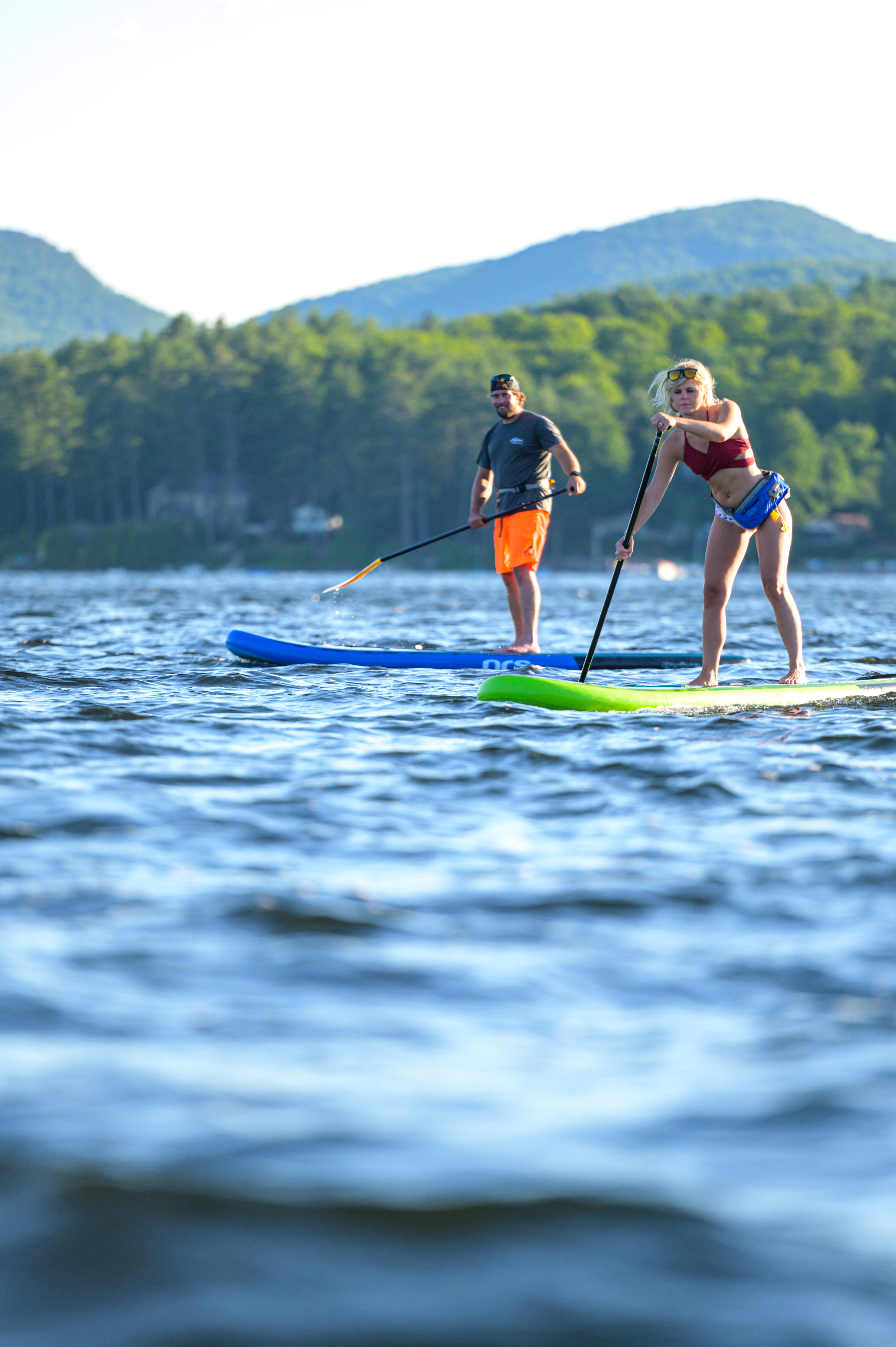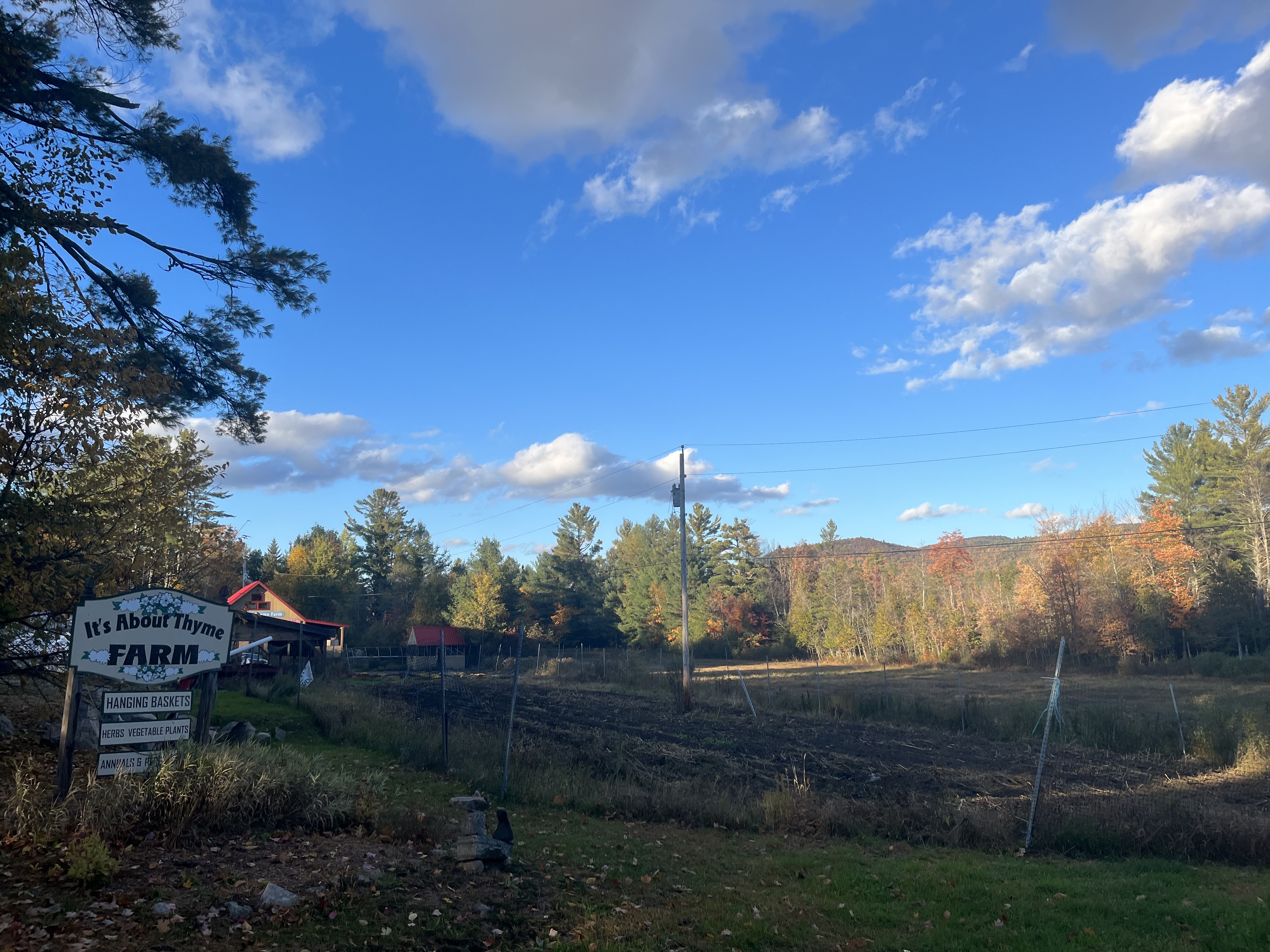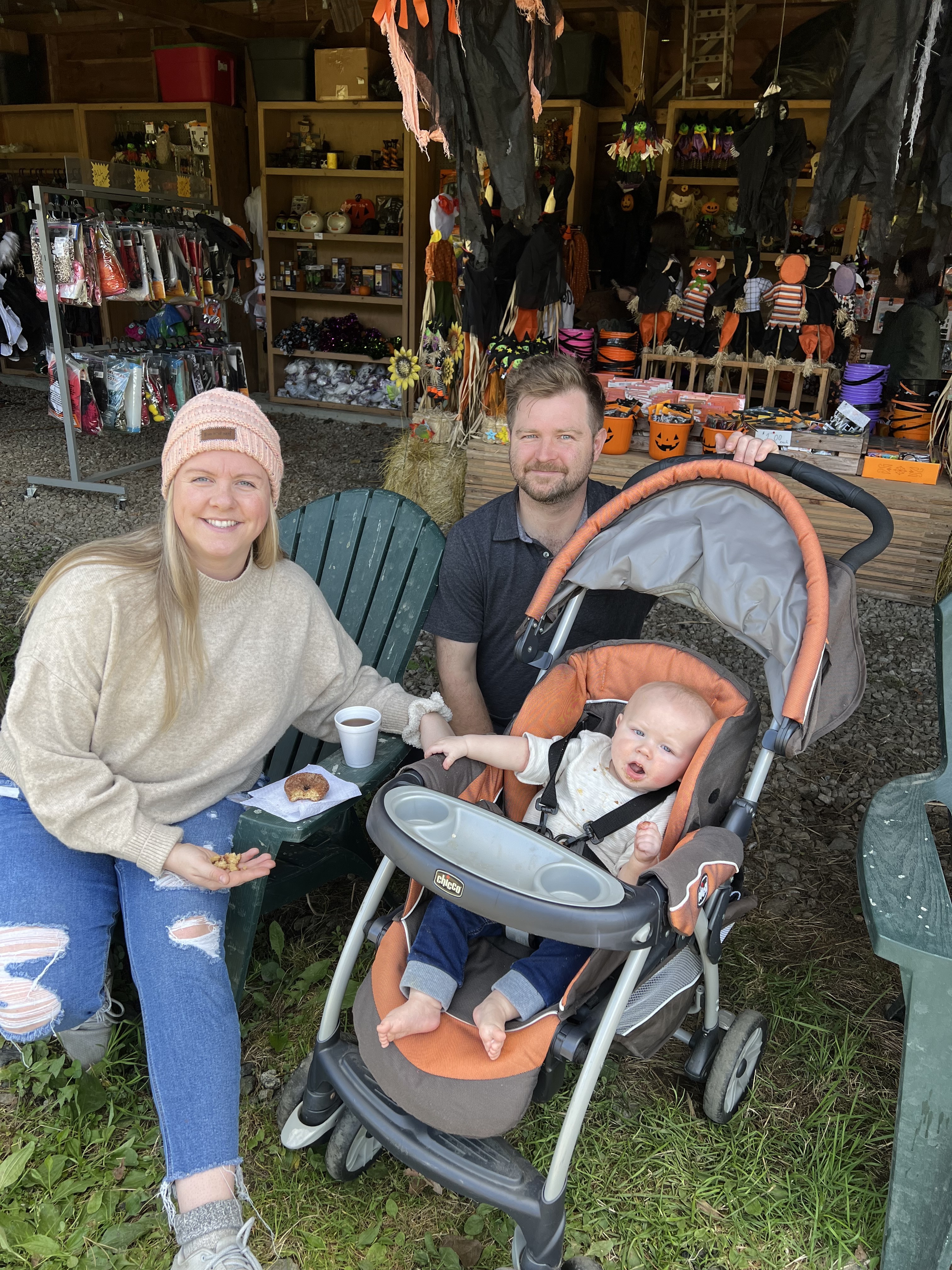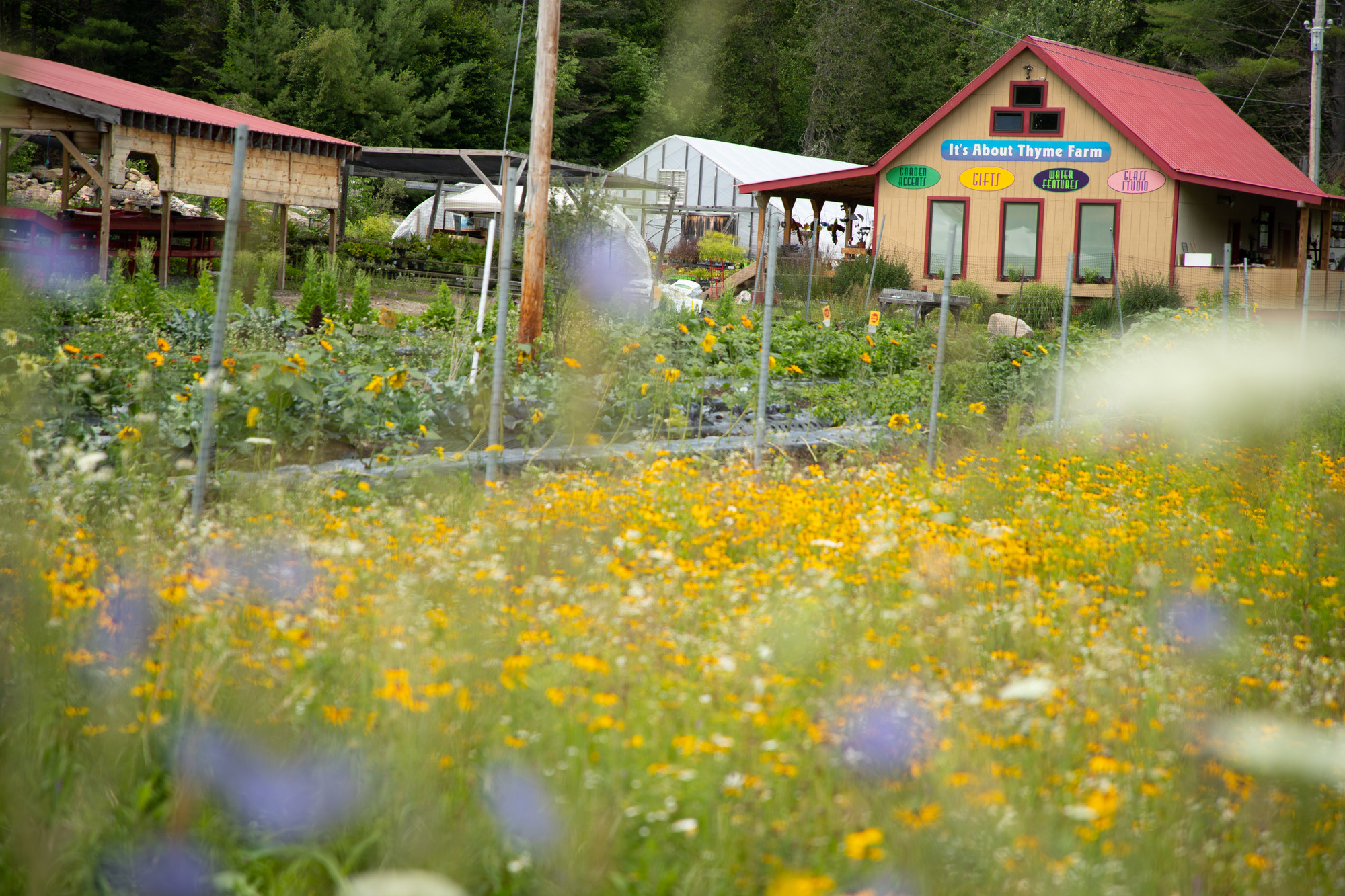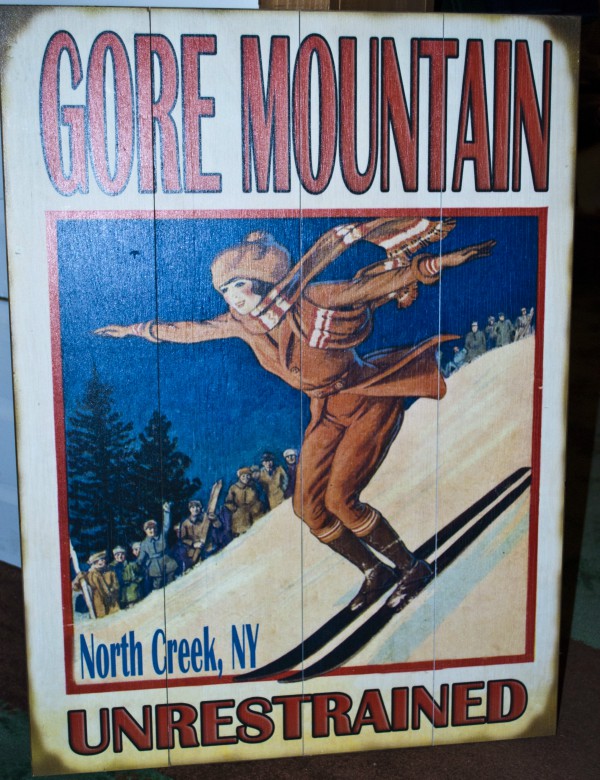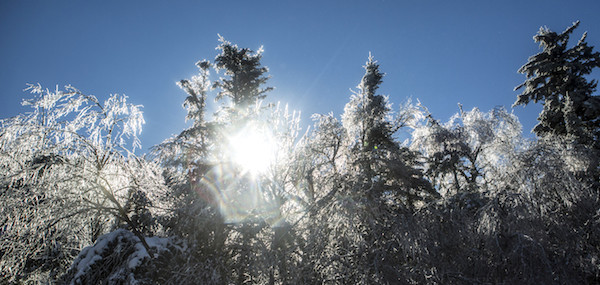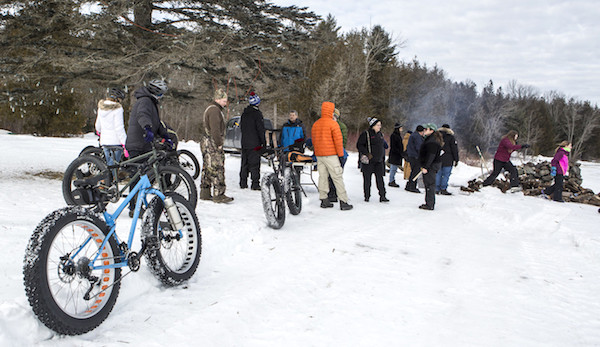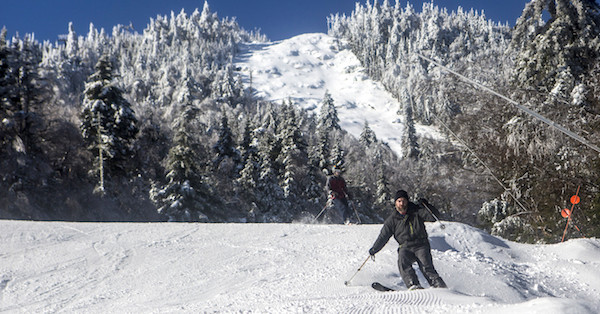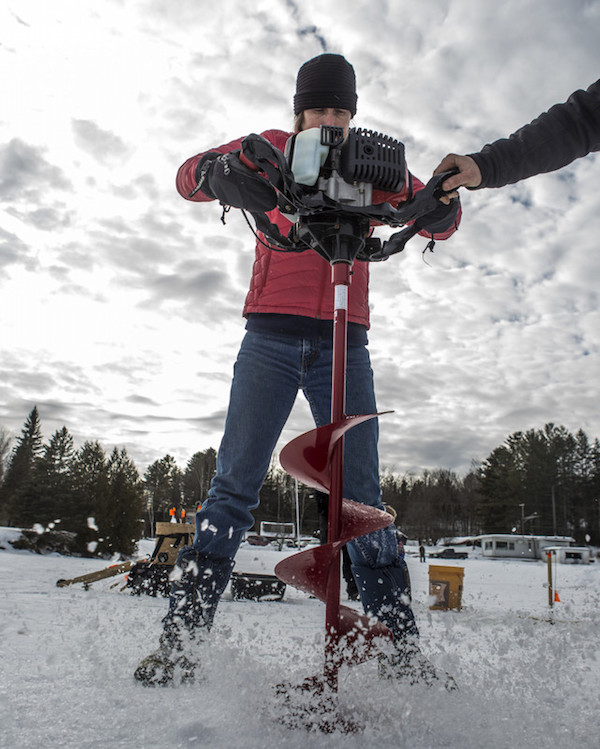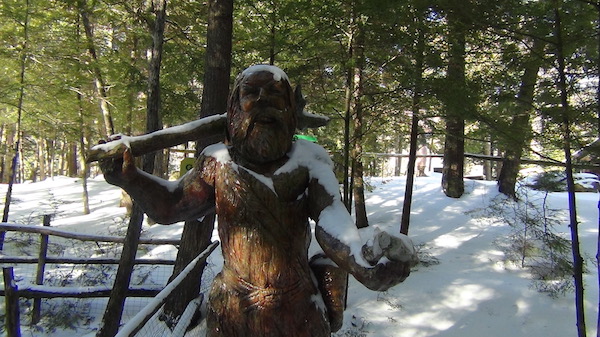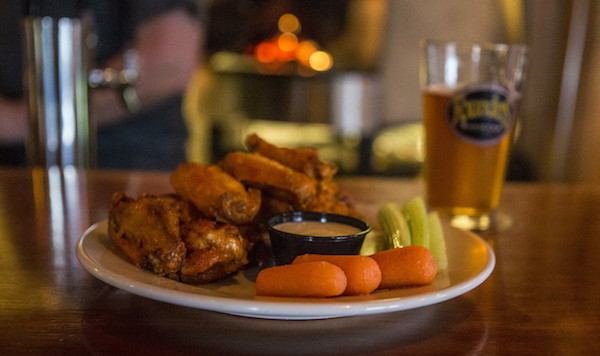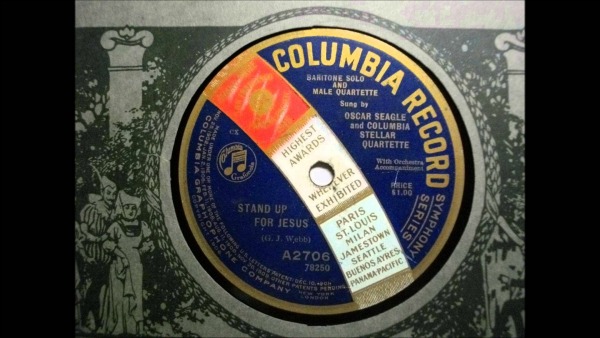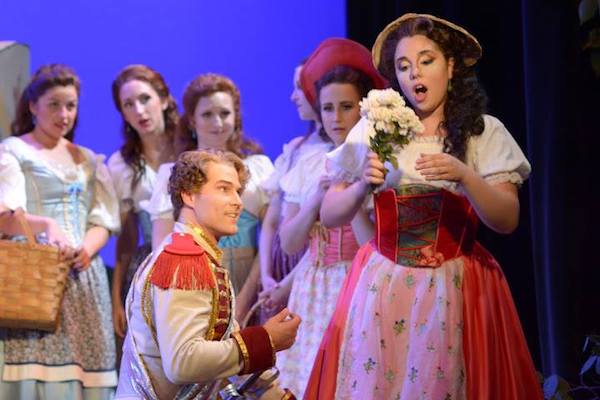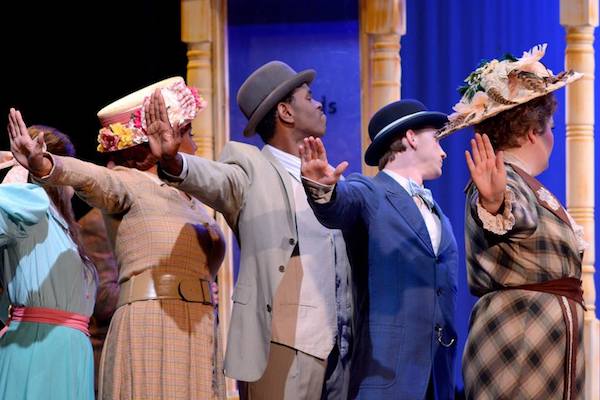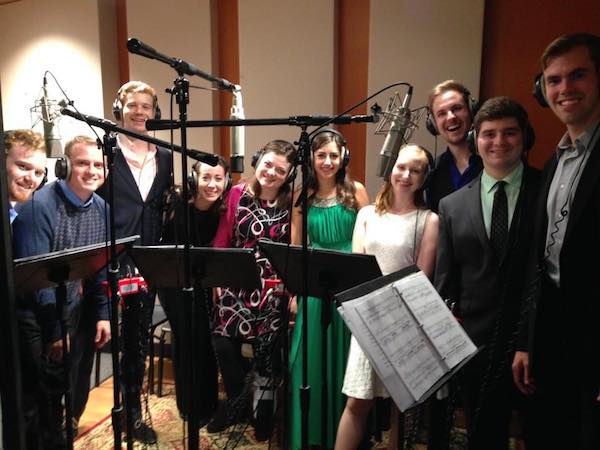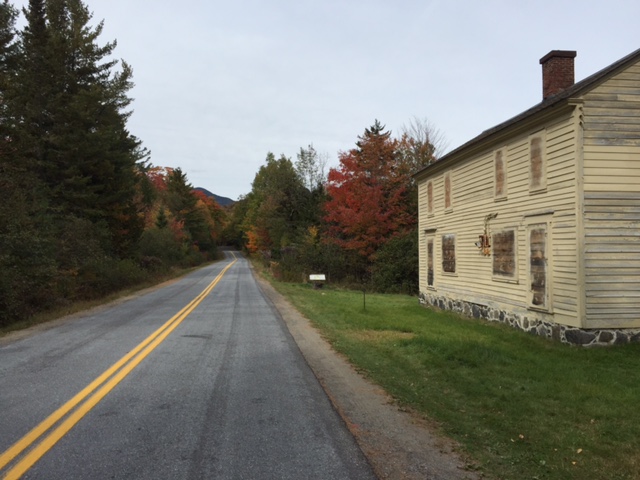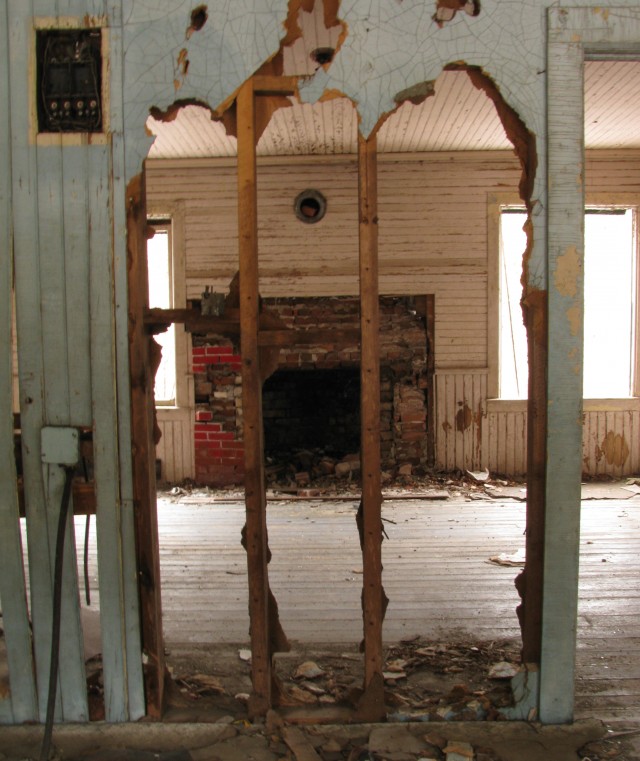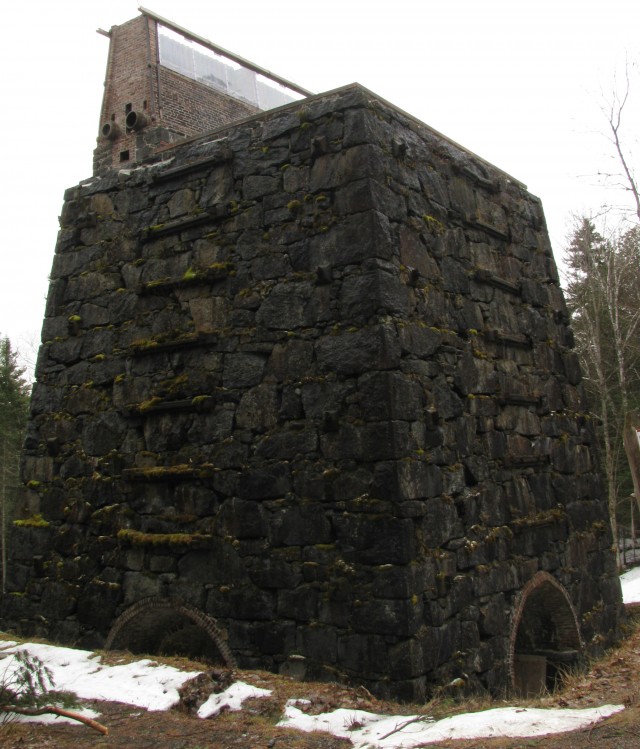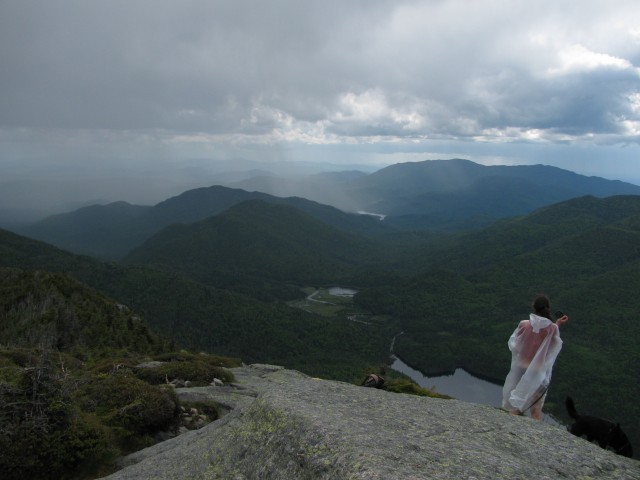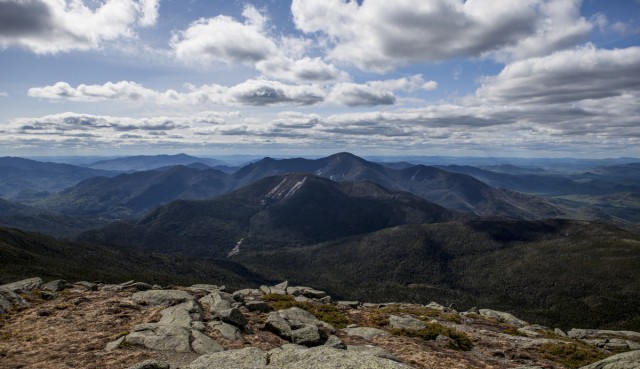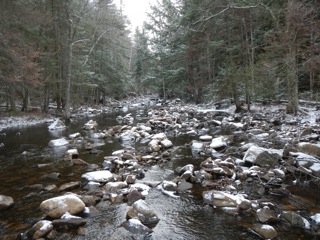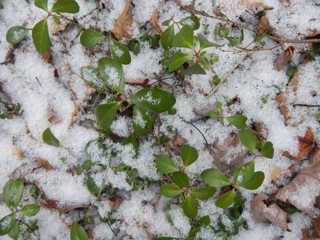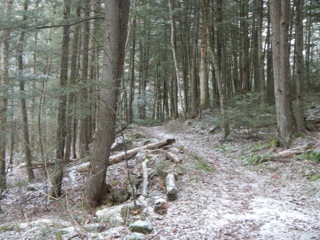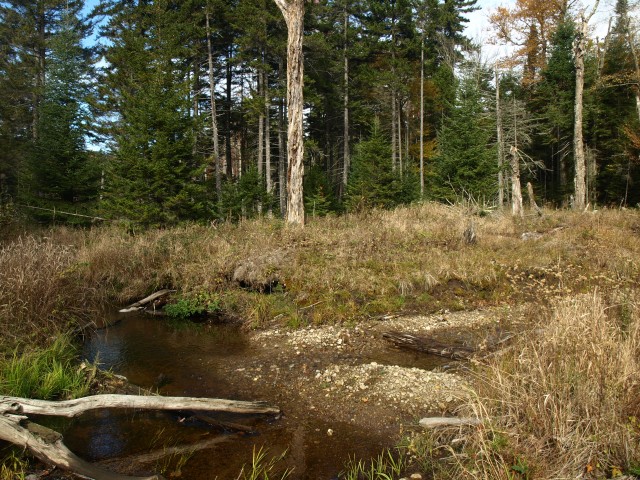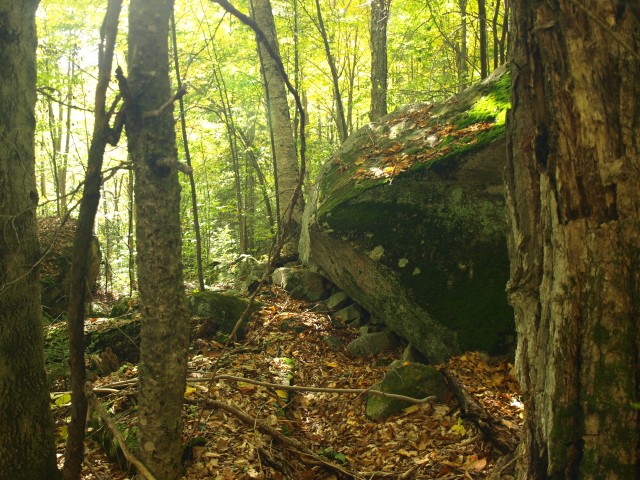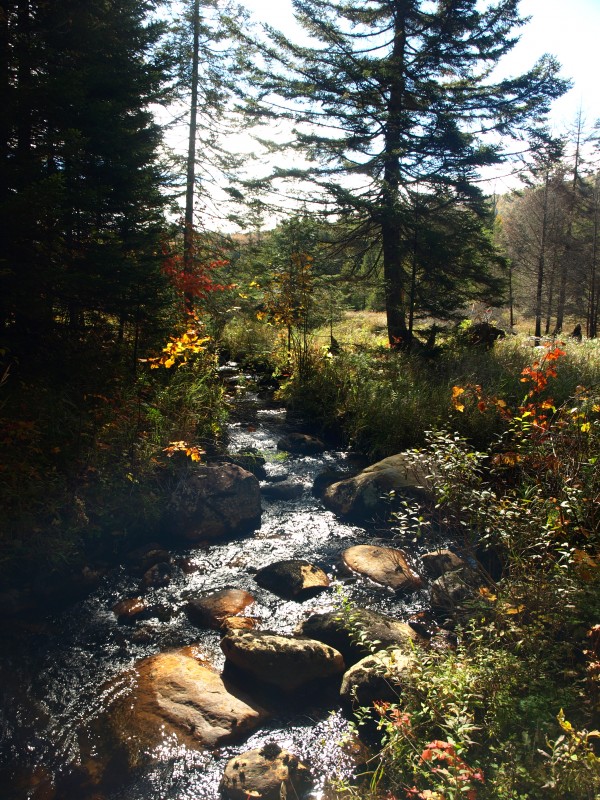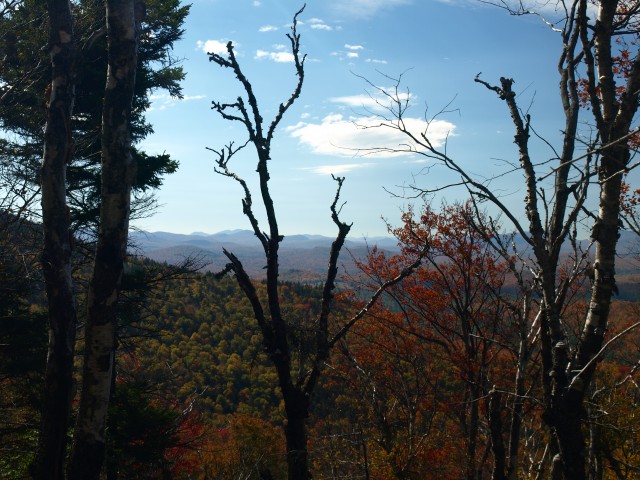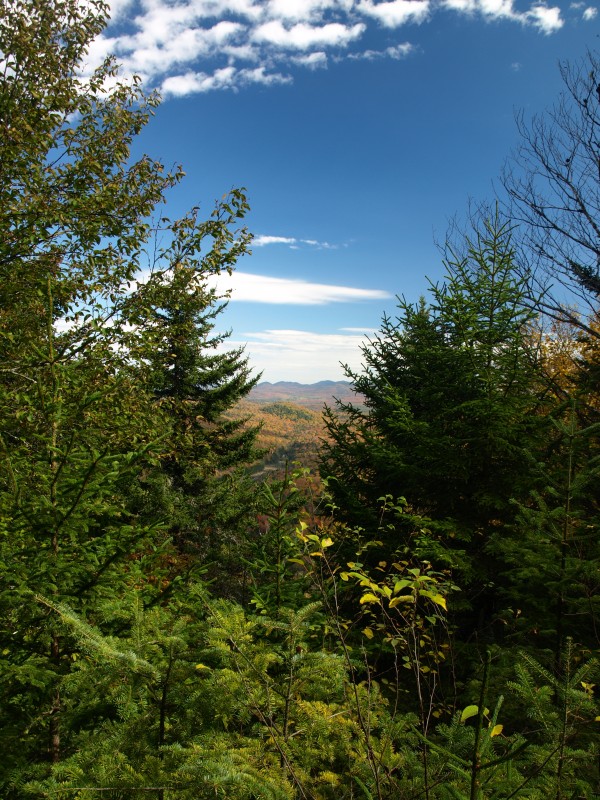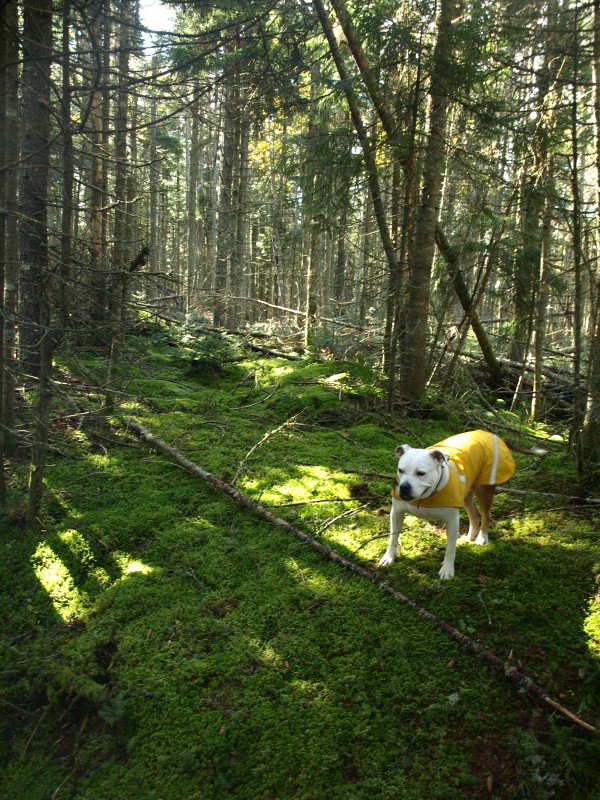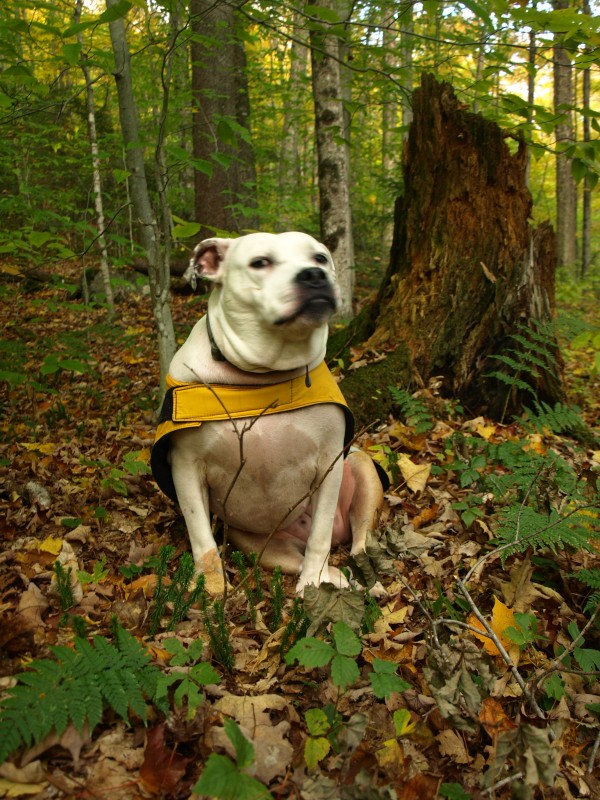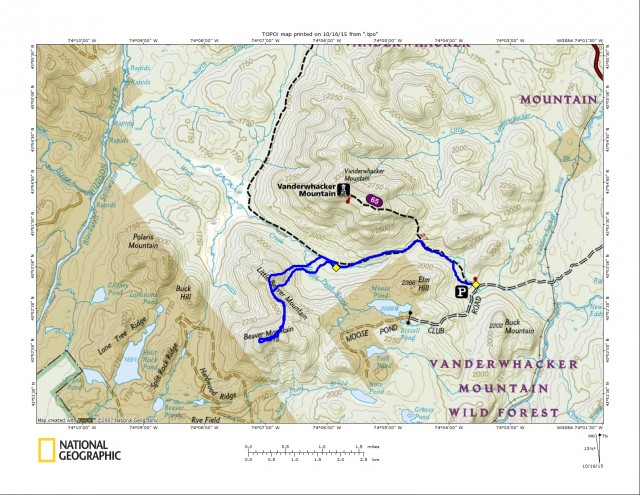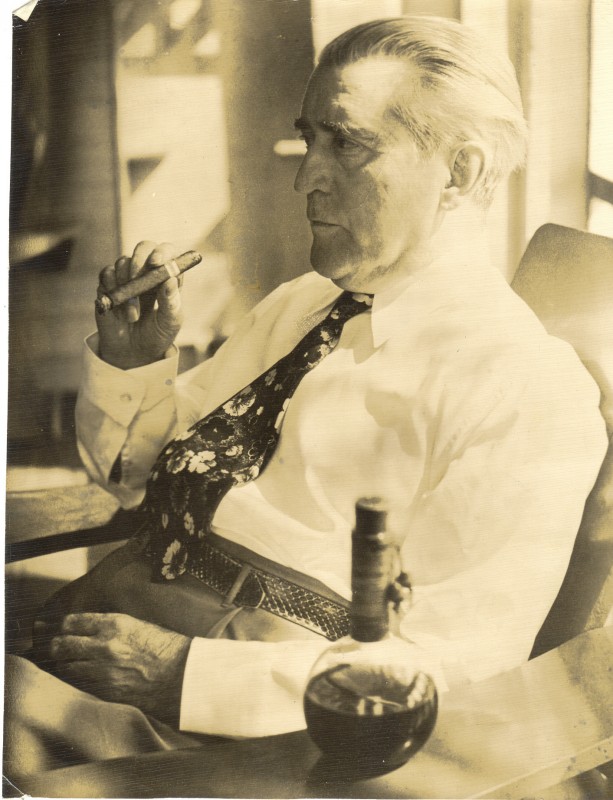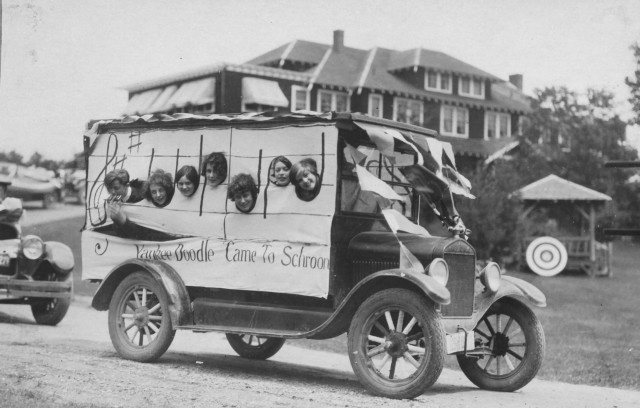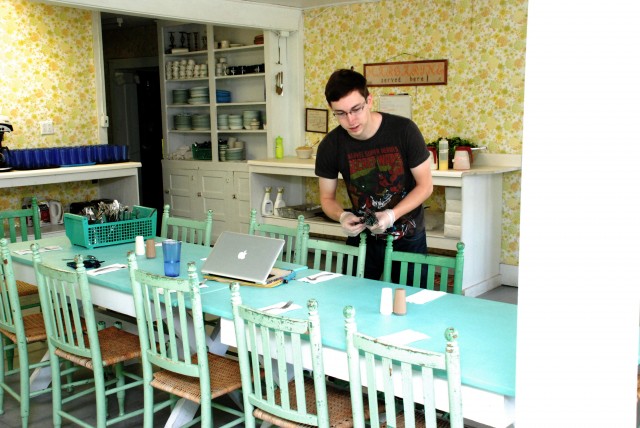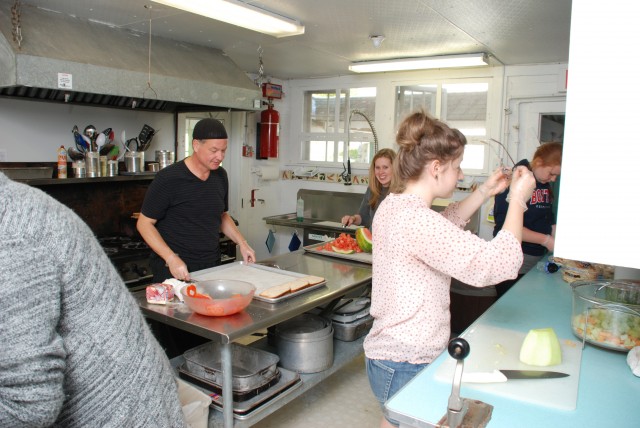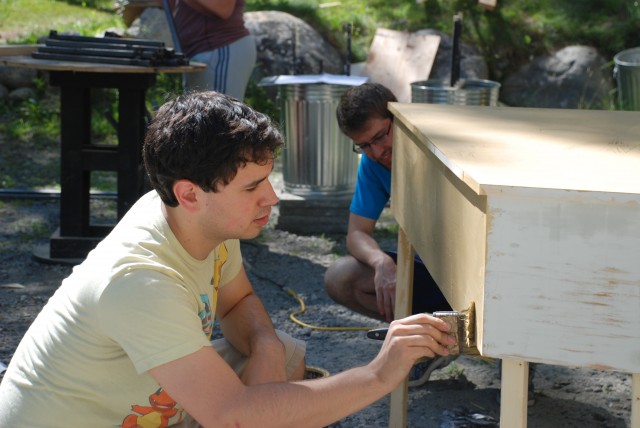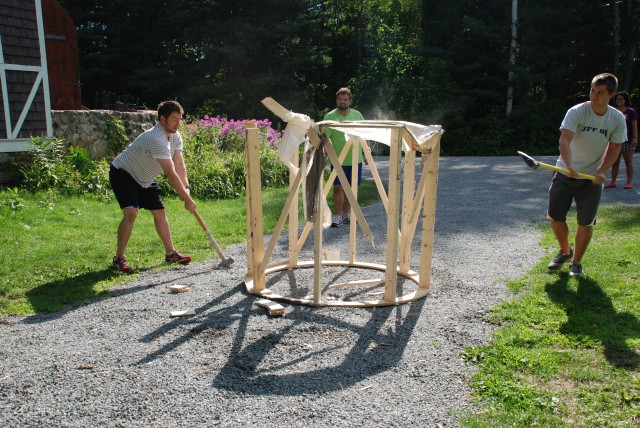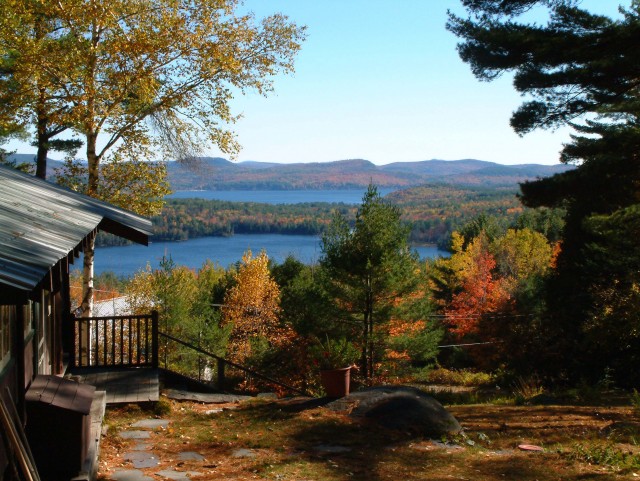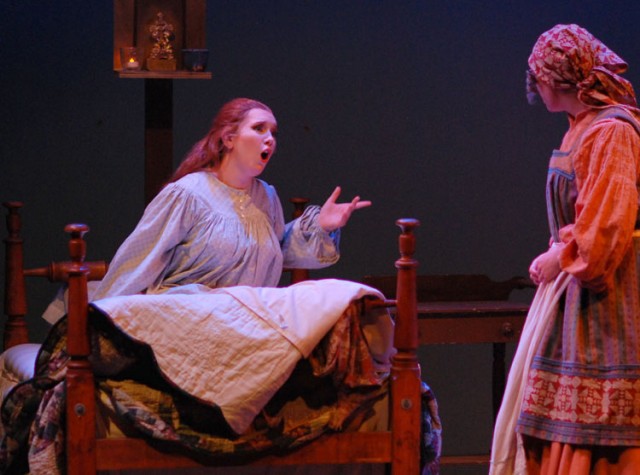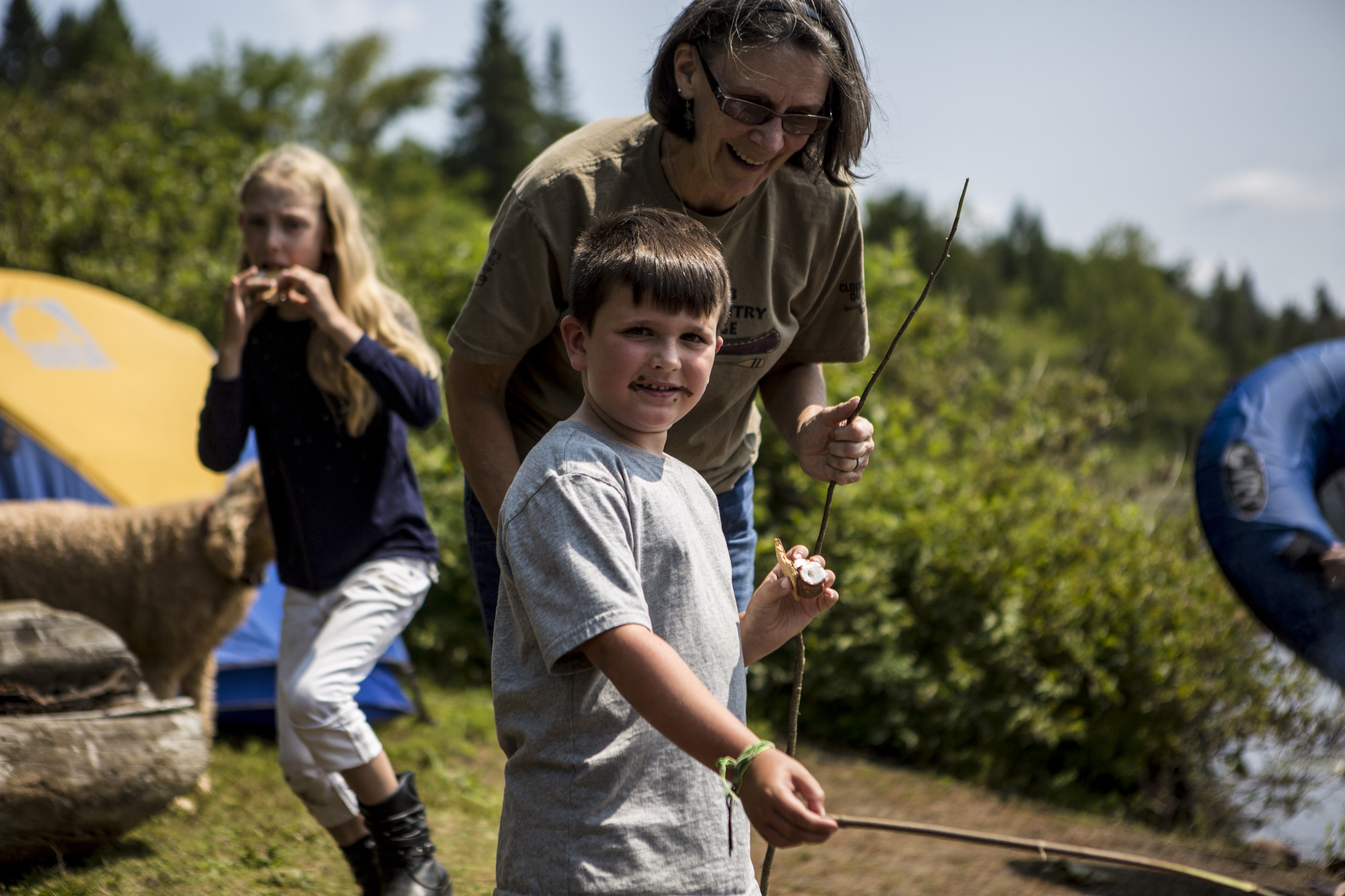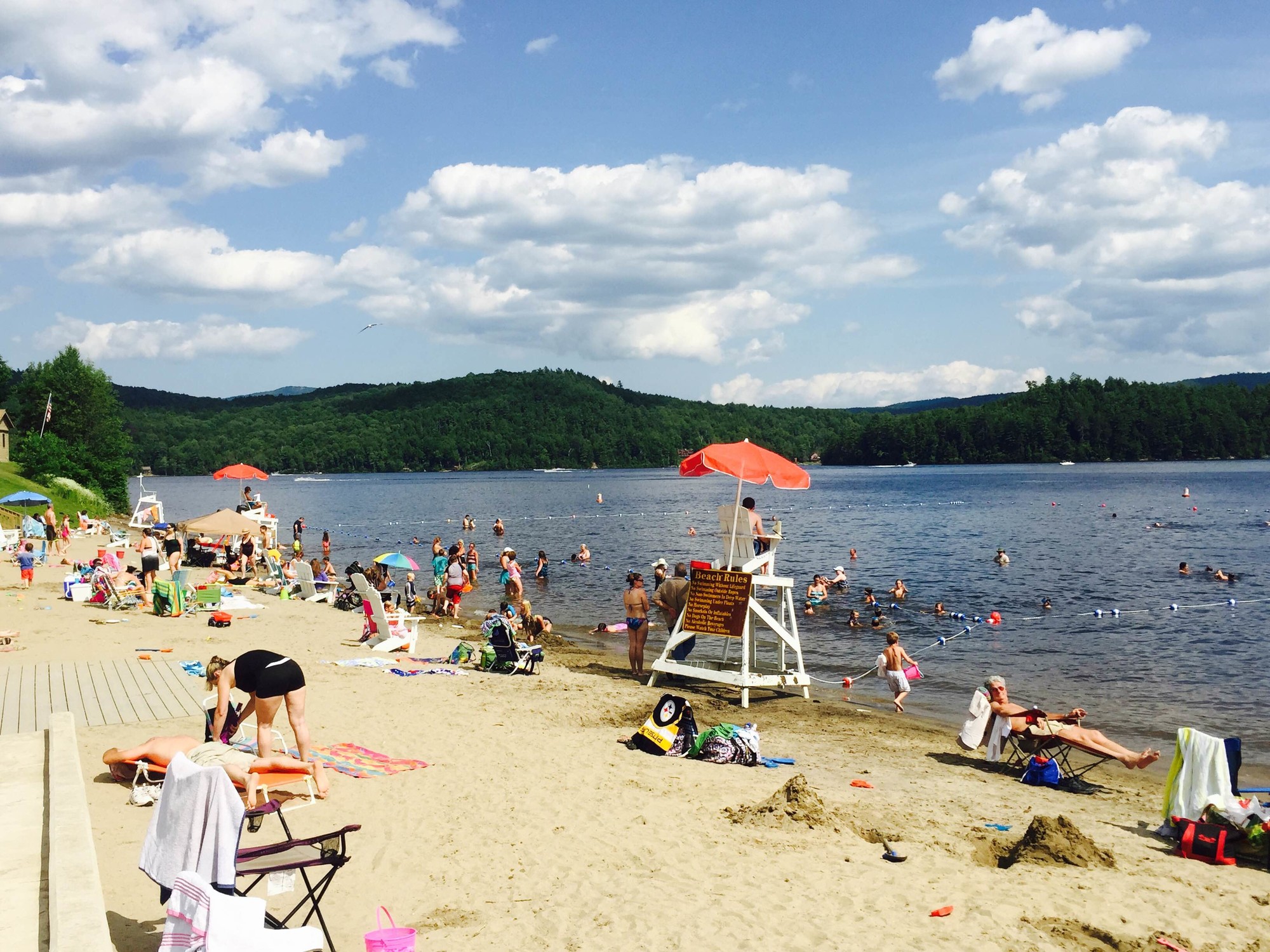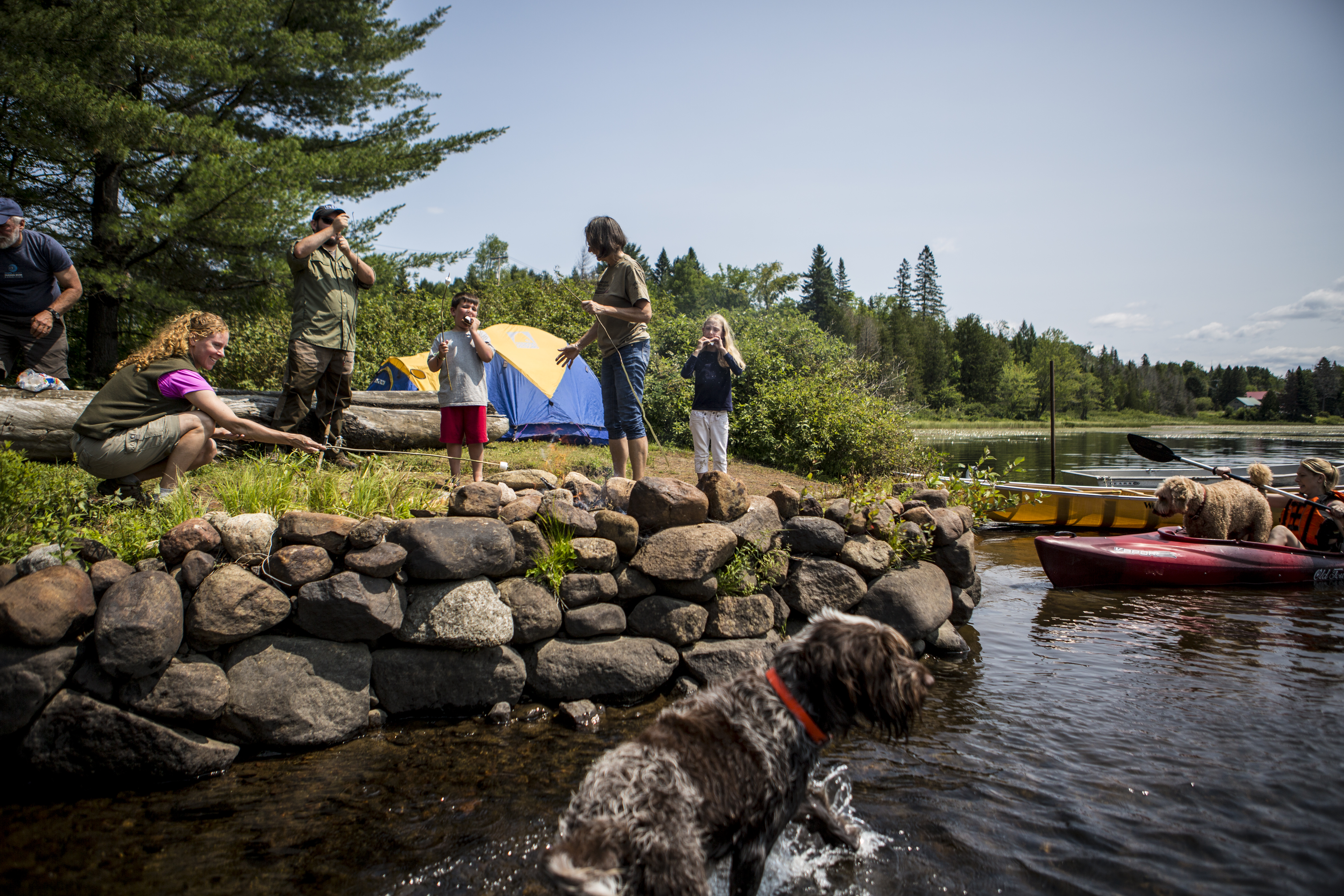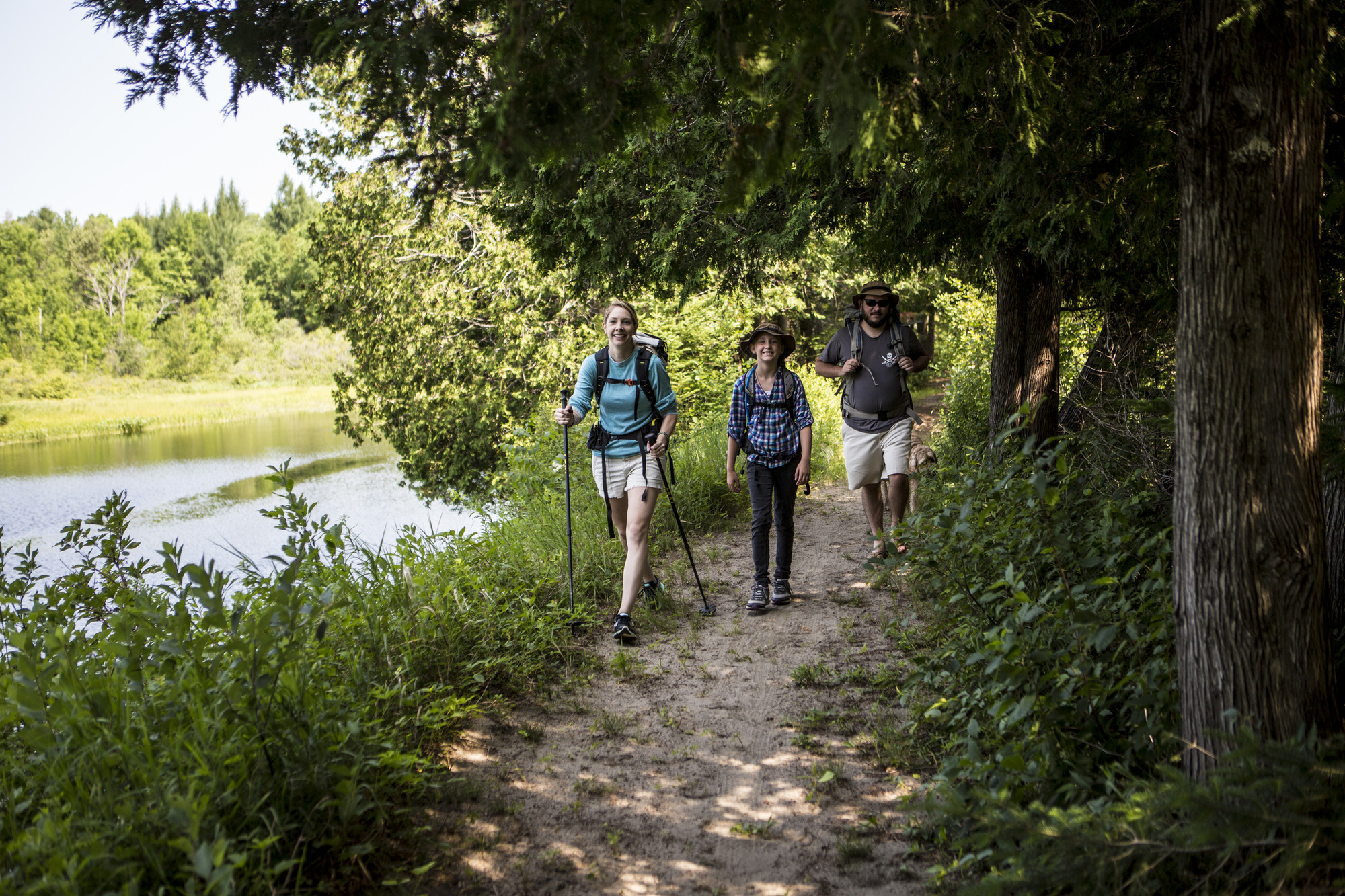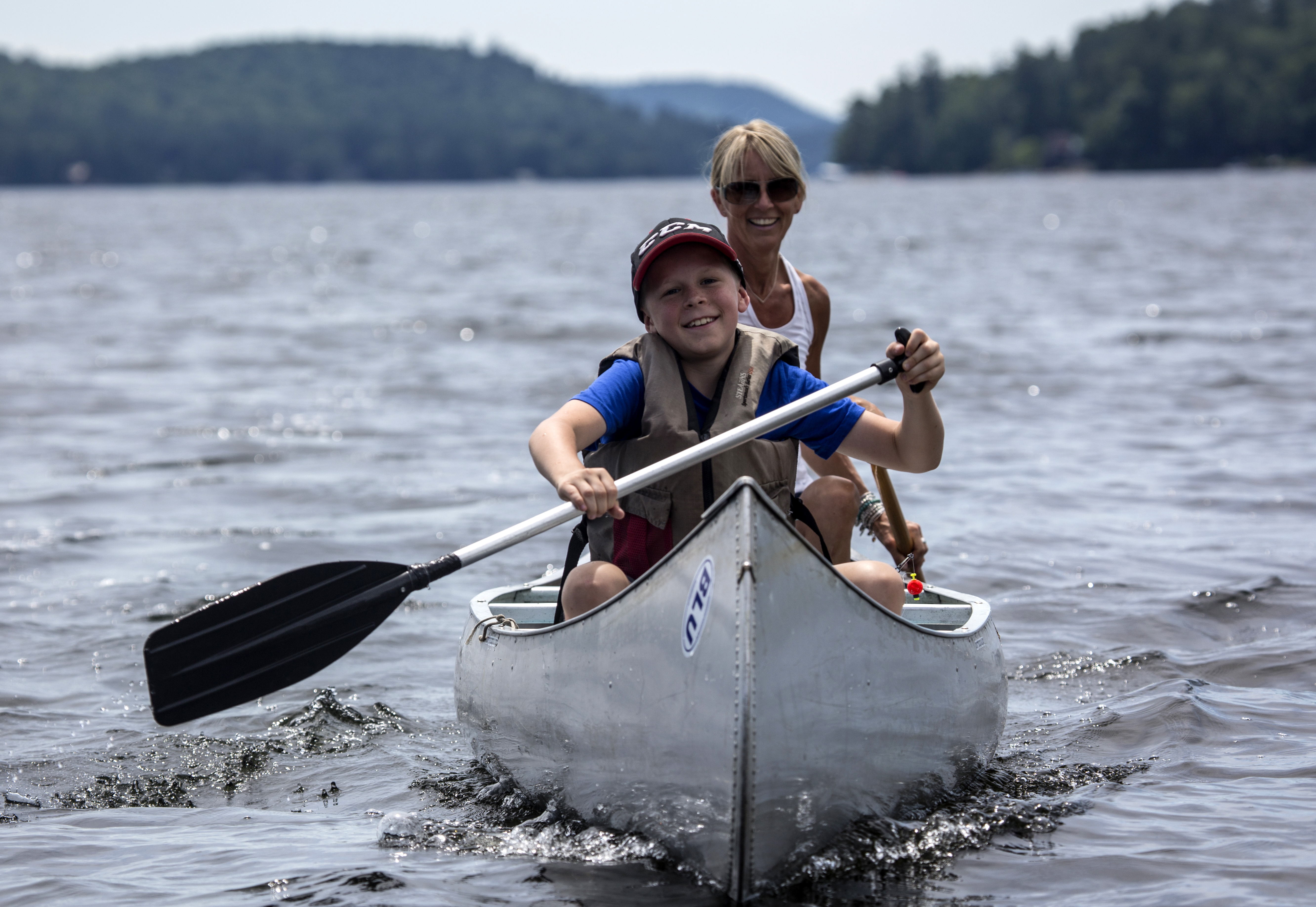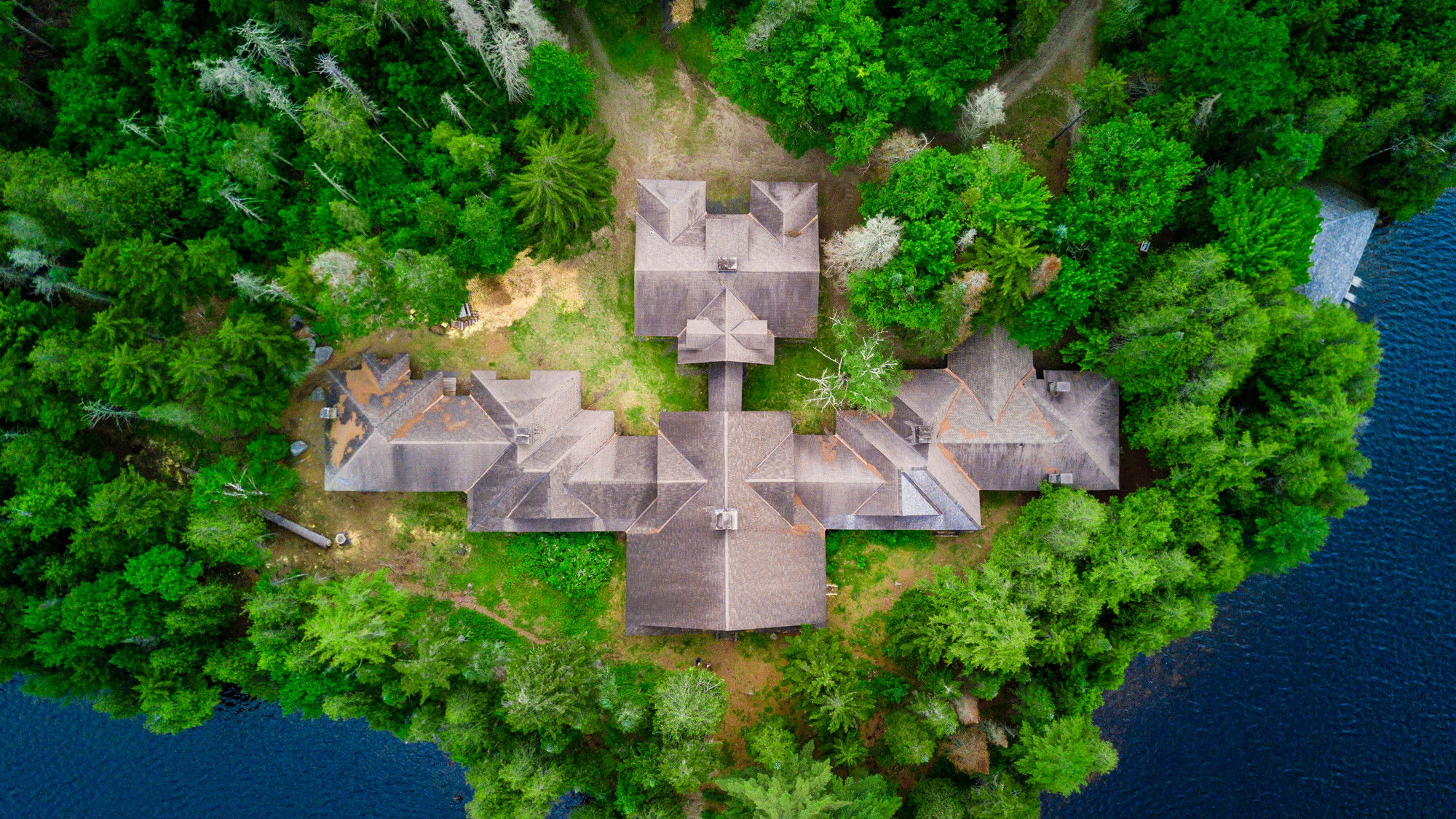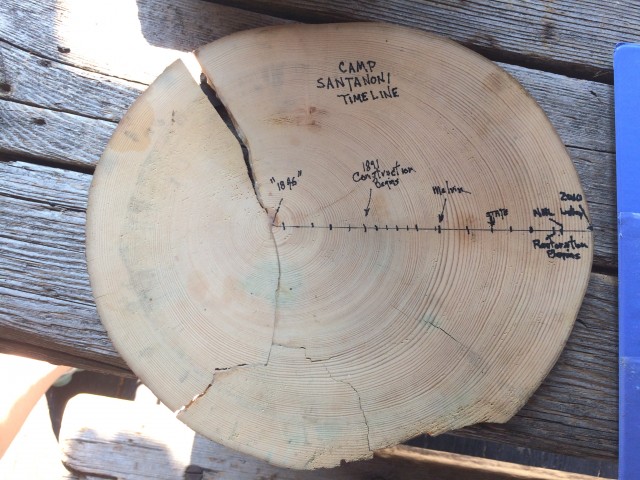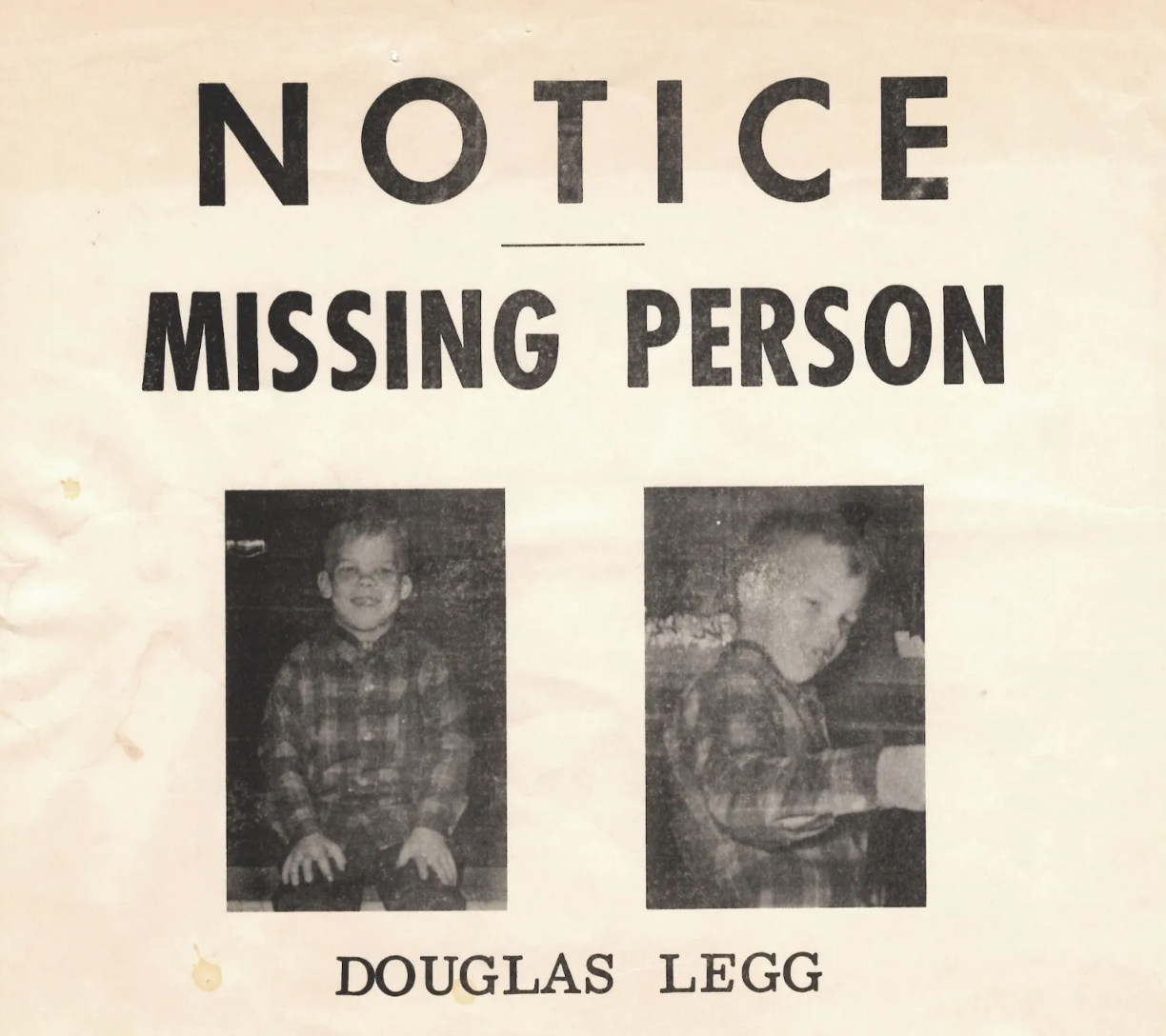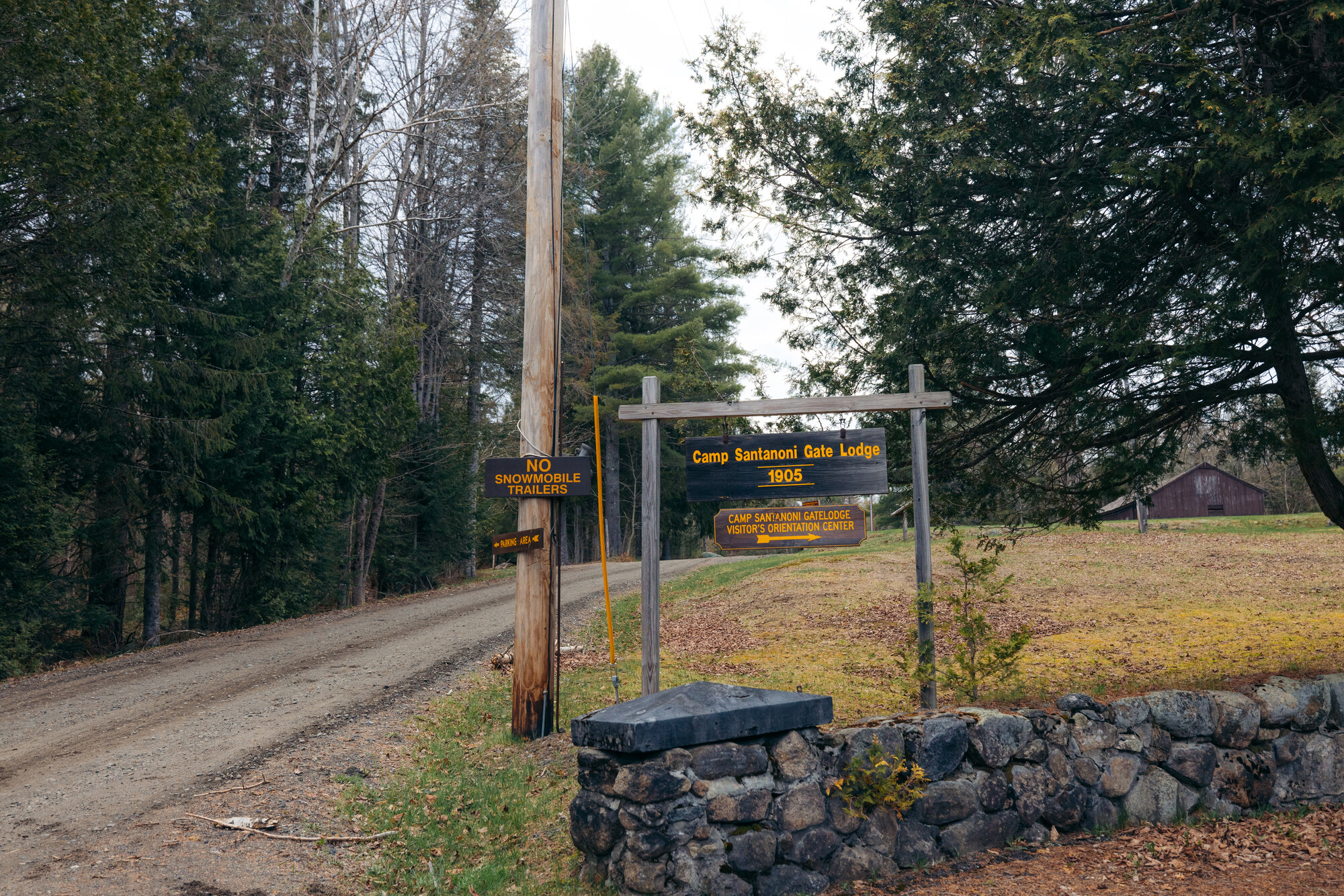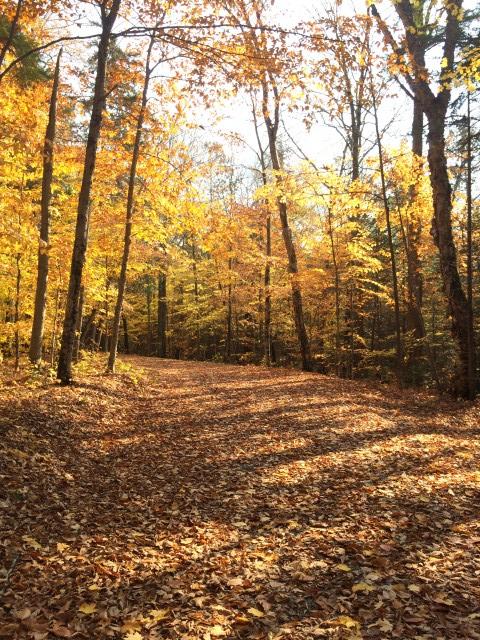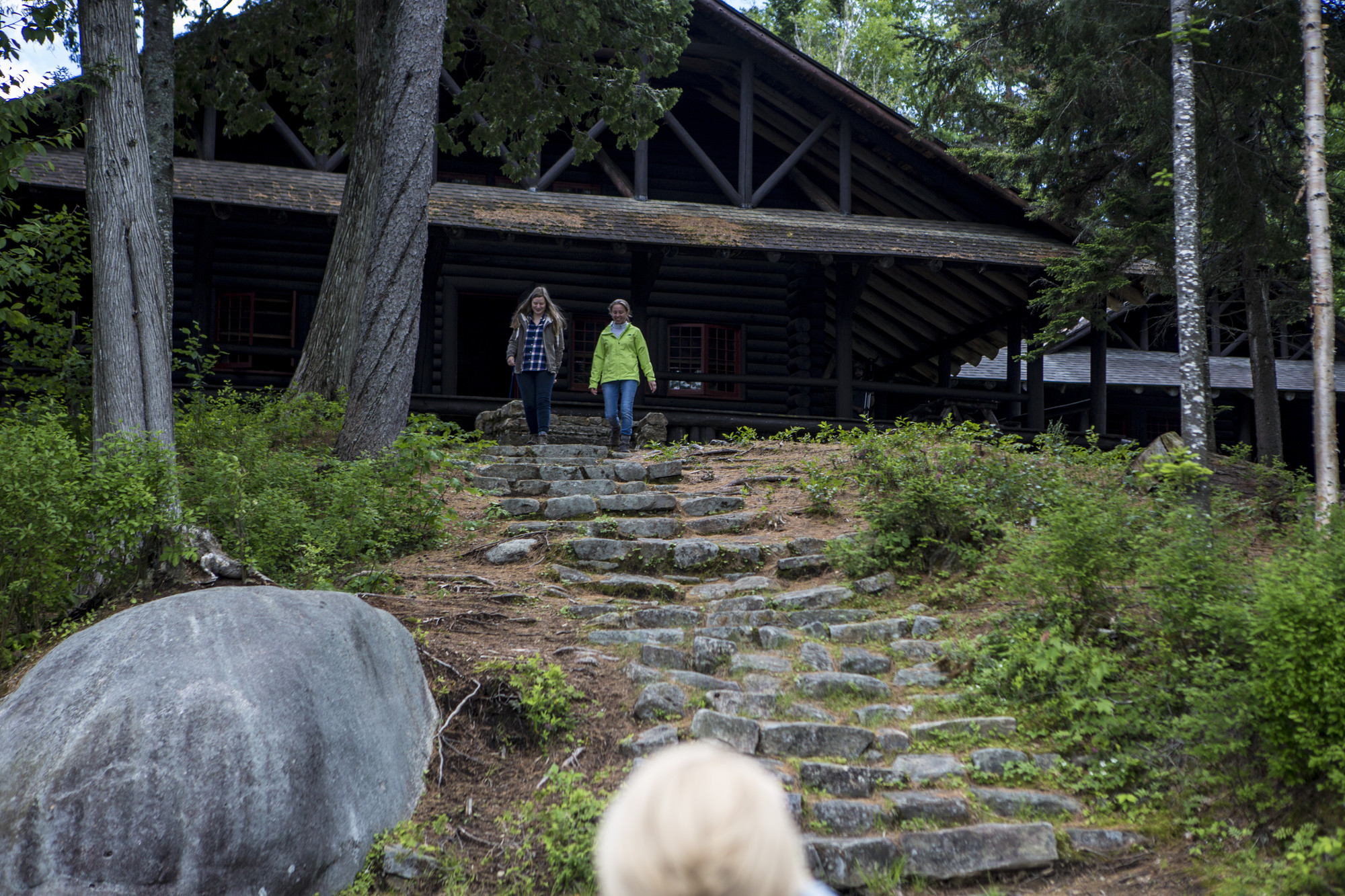How To Spend One Day in the Adirondack Hub
The Adirondack Hub is full of four great communities including Schroon Lake, North Hudson, Newcomb, and Minerva. With so many places to explore and adventures to be had, we’re narrowing it down to how you can spend one day in the Adirondack Hub.
Start your day right and grab a coffee at 9 Mile Coffee Co. They recently moved their business across the street into a newly-renovated building. The owner, Andrew, did most of the work himself to transform this building into a beautiful modern style coffee shop.
Pro Tip: If it’s a hot day try the frozen lemonade or a frozen coffee. Add a flavor shot like maple, vanilla, or caramel for an added pick-me-up.
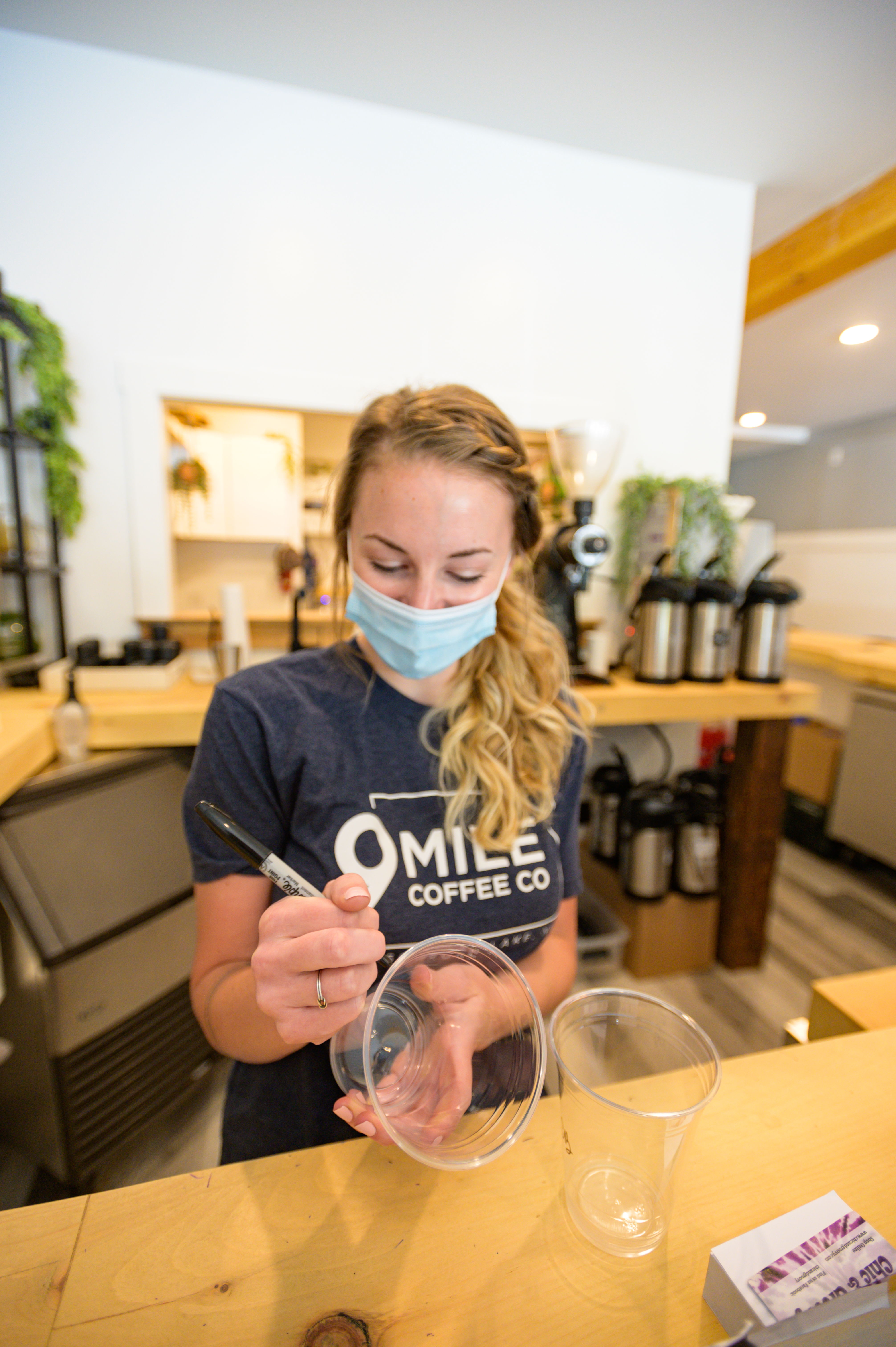
After you’ve got your morning coffee fix, take a walk down Schroon Lake's Main Street to browse some of the shops. If you’re looking for a special gift to take home, stop at The Pine Cone Mercantile. It's full of unique Adirondack gifts, but there is also a market section stocked with local produce and other goods. And if you need a sweet treat, head to the back of the store to North Woods Bread Co. for some homemade bread or baked goods. It’s like three different experiences in one store!
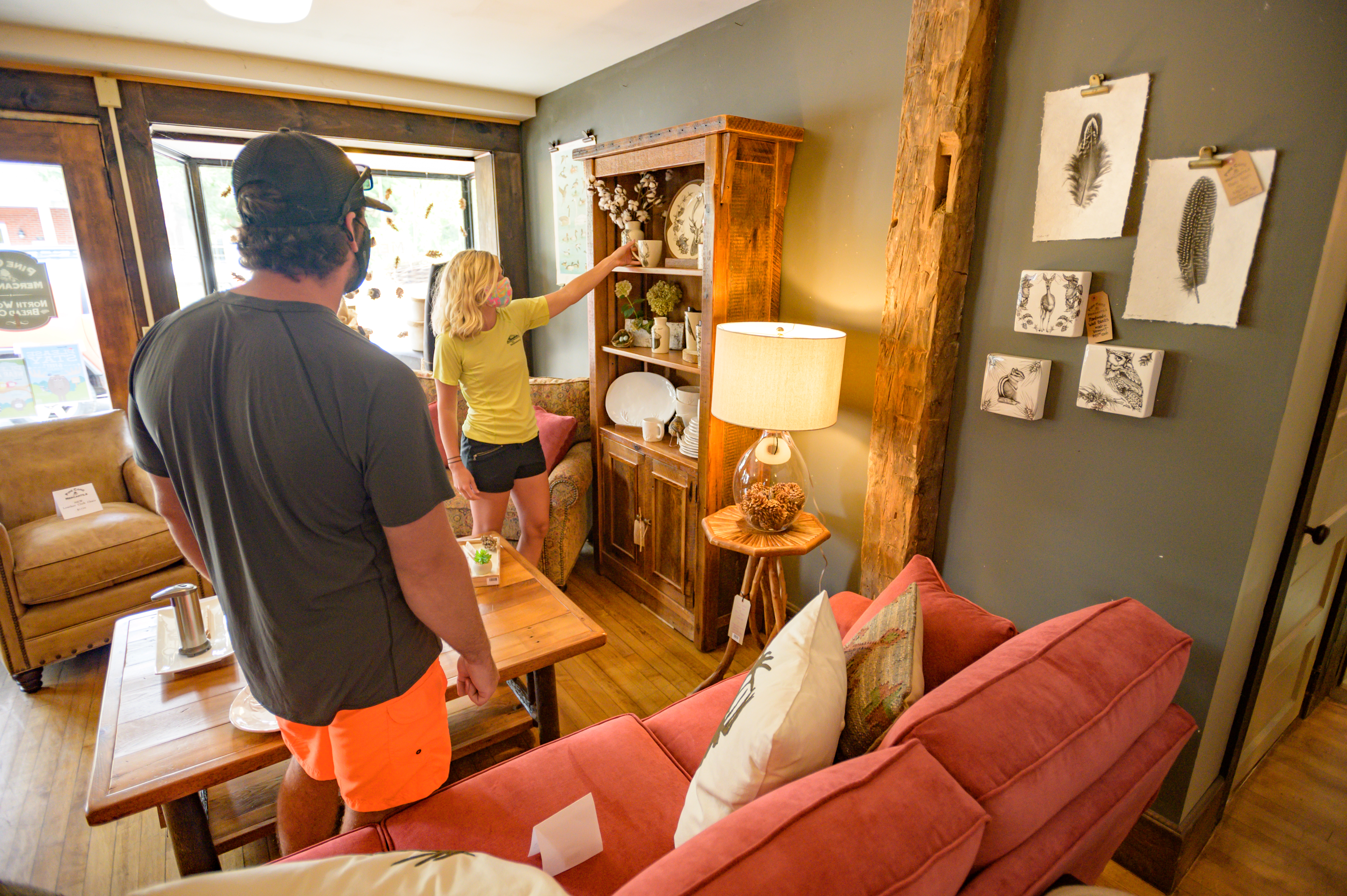
Barkeater Outfitters is another new addition to Schroon Lake. They have custom Schroon Lake and Paradox apparel, along with some general Adirondacks-themed apparel. There is also a new classic-style candy store, Pit Stop Sweet Shop, with lots of fun sweets that will remind you of your childhood (and make your kids super happy). The Towne Store down the road has you covered with Adirondack decor, books, and gifts, jewelry, camping supplies, toys, and more.
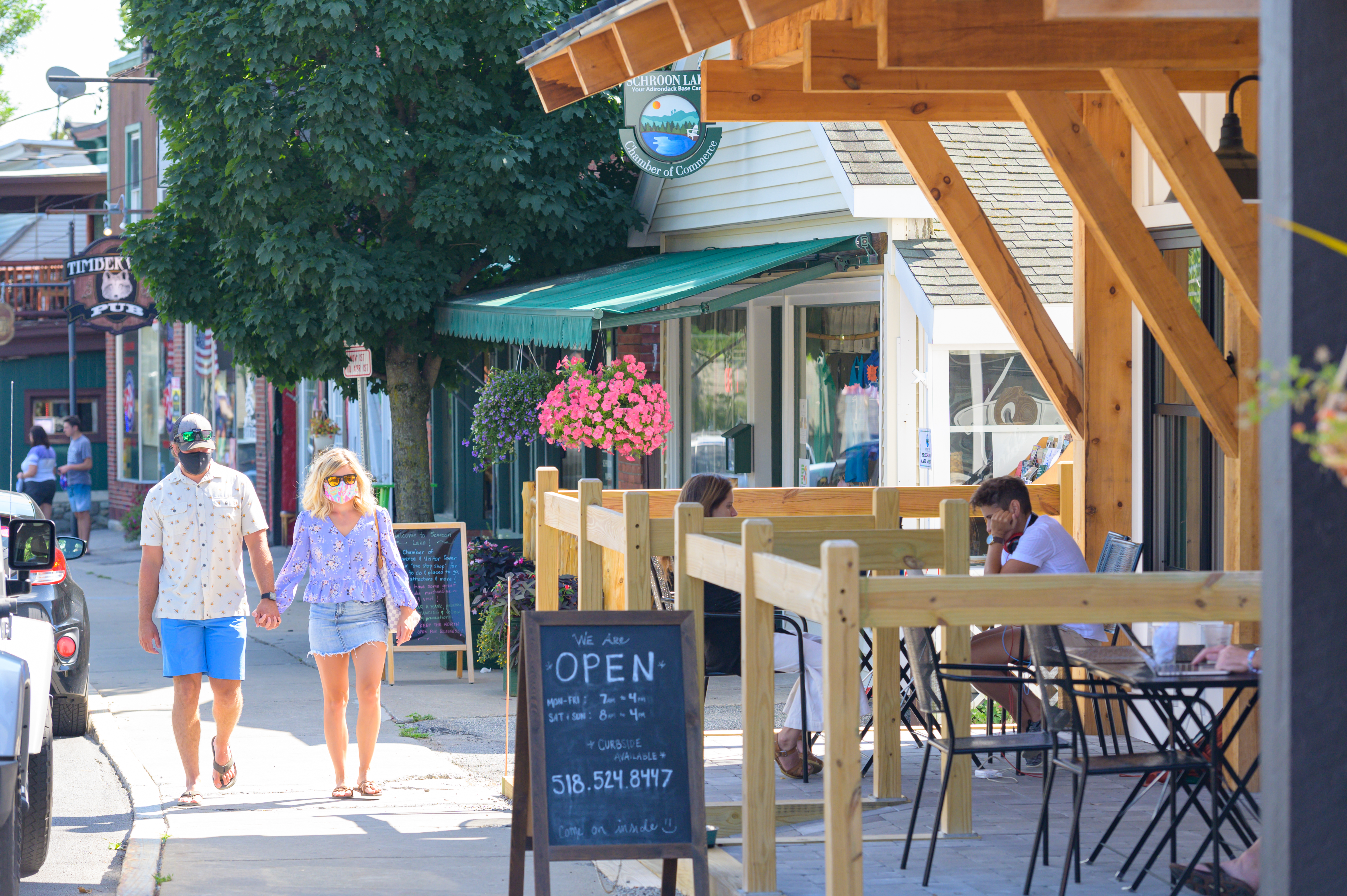
You’ll need lunch to refuel, and Pitkin's Restaurant is the perfect spot right on Main Street. Owner, Adam, and his wife also recently purchased and renovated this building. Pitkin’s has been a classic in Schroon Lake for years. It now just has a new and improved look. They also just added an outdoor patio area, which is perfect for the warm but crisp days of autumn.
Our recommendation: The Paradox Panini. This grilled sandwich has roasted turkey, swiss cheese, apple slices, bacon, and cranberry mayo on sourdough with a side of soup, coleslaw, or fries.

Next, head to the Schroon Lake Beach! Everyone loves the Schroon Lake Beach with its wide, sandy beach area and amazing views. The swimming area is roped off and lifeguards are on duty until 6 pm. You’ll see sailboats, paddlers, and other boaters go by as the day goes on. The playground is nearby, or you can pick a bench and sit in the shade. Stewart’s is within walking distance, and so is the rest of Main Street, but sometimes you might even find the food truck at the beach with hot dogs and snow cones.
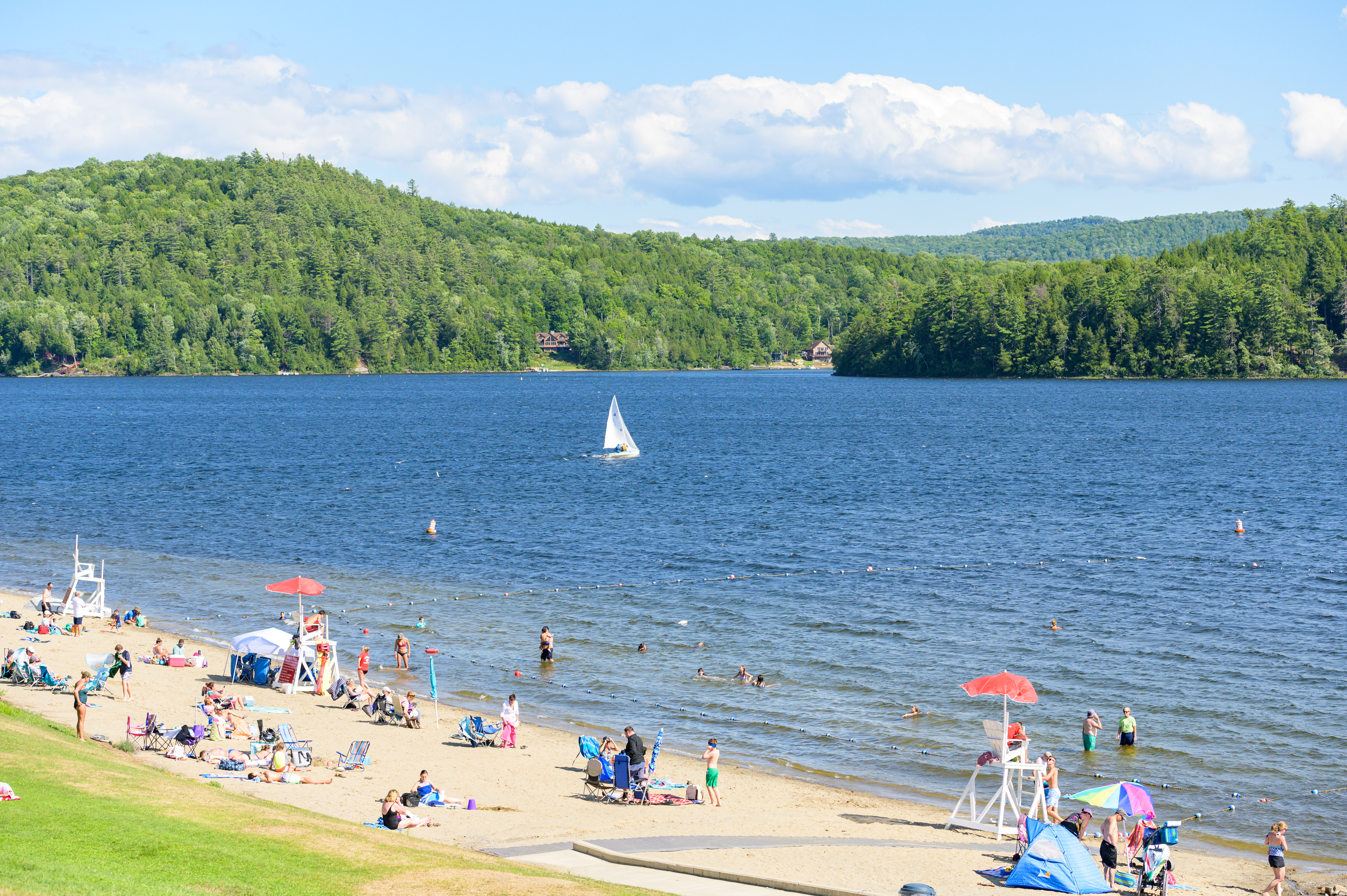
Travel just outside of Schroon Lake, down route 9, to North Hudson where you’ll find Paradox Brewery. The only brewery in the Adirondack Hub, it’s a favorite among community members and travelers alike. Paradox recently moved to a much larger location just outside of the new Frontier Town Campground. Their tasting room will hold roughly 90 people, but they’re operating outdoors right now. They built a new pavilion, and there is a wrap-around, covered deck on the outside of the tasting room with beautiful mountain views. Owner Joan and her husband Paul are the greatest happy hour hosts. On the weekends they have food trucks, but during the week you'll find Joan whipping up delicious soft pretzels.
Pro Tip: Try the Beaver Bite IPA or the Overbite Imperial IPA to pair with your mountain views.
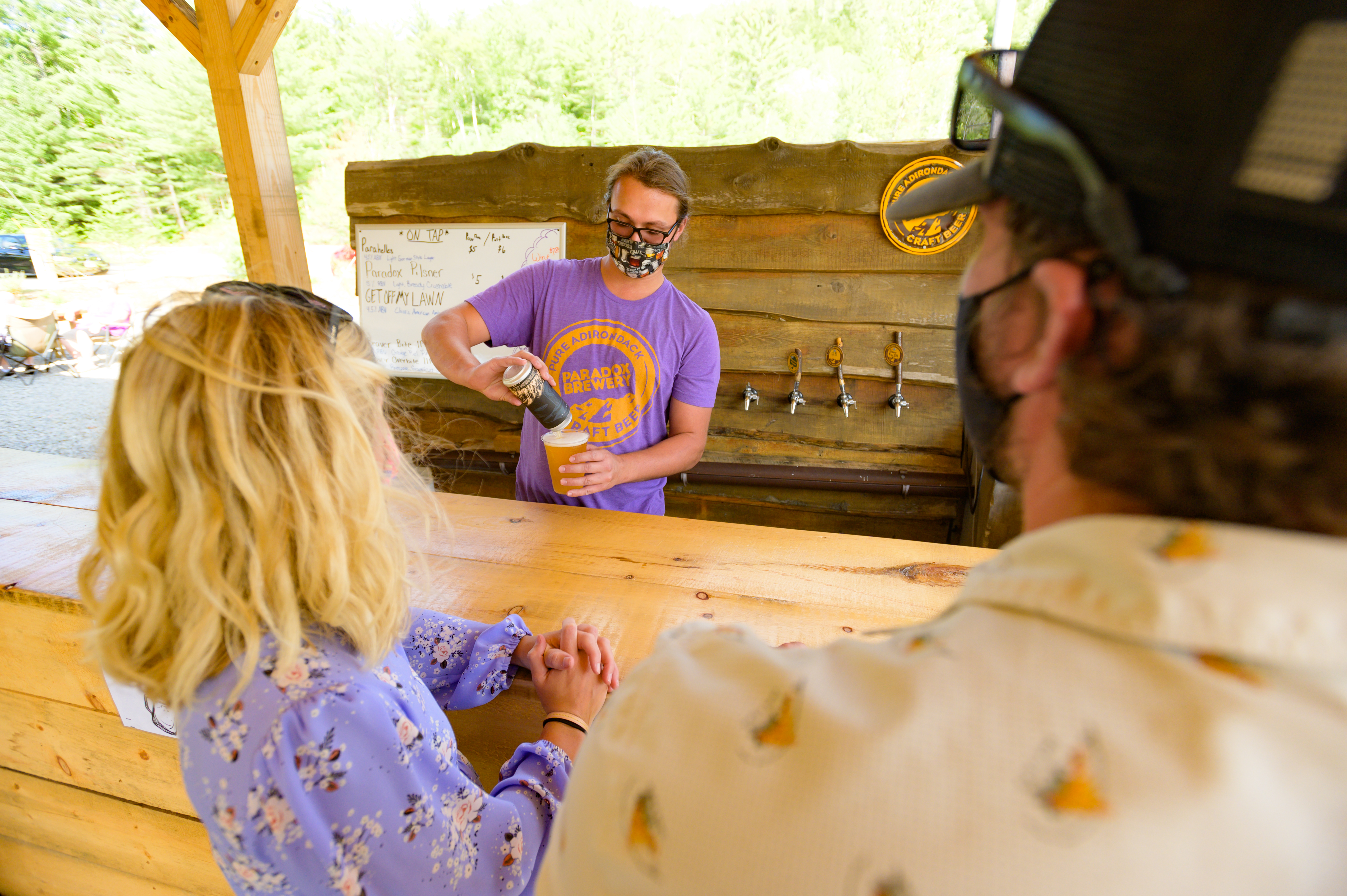
Nothing ends the day like a sunset adventure. Grab your canoe, kayak, or SUP and head to one of the many bodies of water in the Adirondack Hub for a sunset paddle. Schroon Lake allows for easy access and amazing views. The water is as refreshing as the vibe in this small town. Take a deep breath and enjoy it as the sun sets on a great day in the Adirondack Hub.
